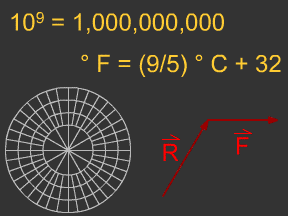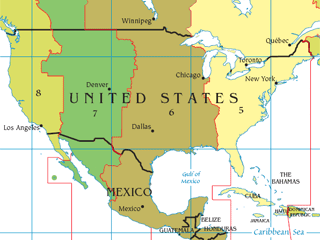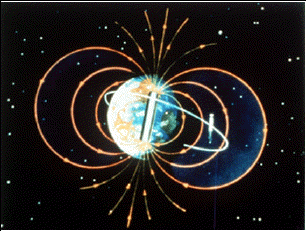Highlighting the WTEC International Study of Robotics
|
The National Science Foundation (NSF) hosted an exhibition of robotics research on September 16, 2005. The daylong event included a media briefing on the findings of a new study, the World Technology Evaluation Center (WTEC) International Study of Robotics. The video on this page shows that media briefing.
|
 More Videos from the NSF
More Videos from the NSF
You might also be interested in:

In order to study and explain space weather, scientists need to use some pretty complex math. So if you would like to study space weather when you grow up, keep plugging away in your math class! For example,
...more
There are some basic ideas that you find in many kinds of science. We have grouped these "starting points for science" into three areas: space, time, and matter. On one hand, "space" is the term we use
...more
Some science problems are so complicated that you need SUPERCOMPUTING power to tackle them! Just what is a supercomputer? A supercomputer is a computer that is one of the fastest or most powerful computers
...more
Computers have become a normal part of life. They are used to send e-mail, write a school report or look up recipes. They are used to crunch the latest baseball stats and deliver phone calls to the right
...more
When it is noon where you live, it is midnight on the opposite side of the world. Usually when we think of time, we mean "the time of day where I live". If we say something happened at 9 AM, we mean it
...more
The force of magnetism causes material to point along the direction the magnetic force points. Here's another picture of how this works. This picture shows where the magnetic poles of the Earth are to
...more
The Earth has a dipole magnetic field. This is when magnetic field lines point in a direction out of the South Pole and into the North Pole. Planets can also have quadrupoles (4 poles) and octupoles (8-poles).
...more














